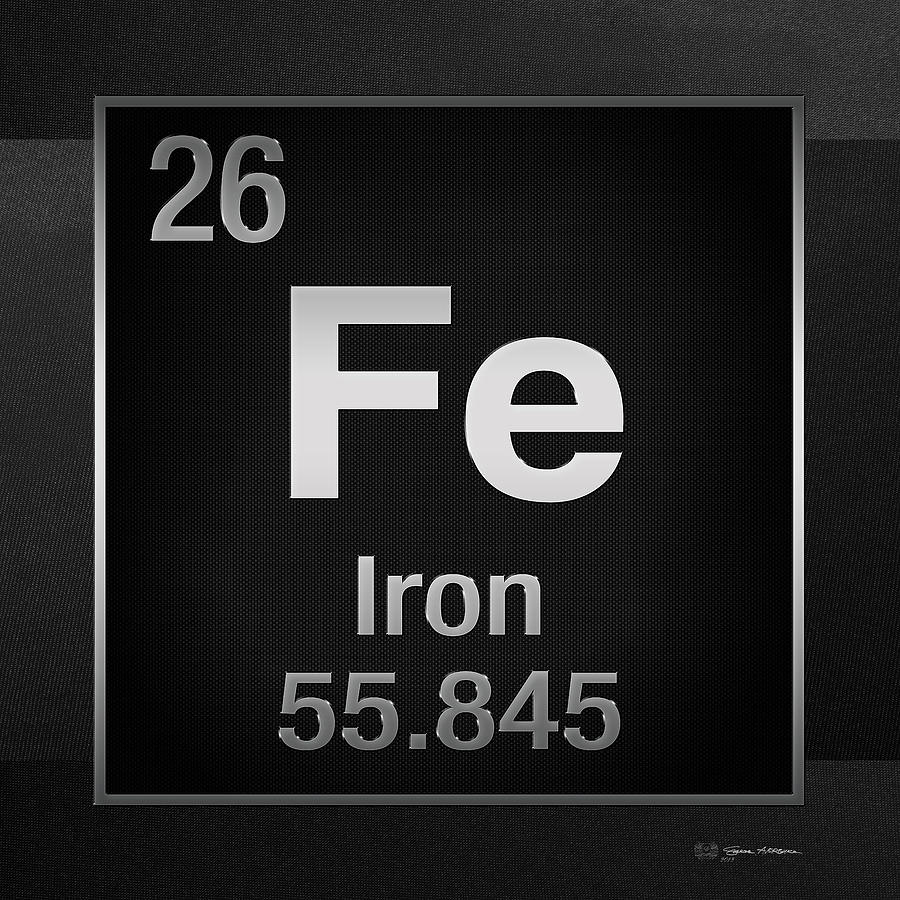
At 912 ☌ and below, the crystal structure again becomes the bcc α-iron allotrope. As it cools further to 1394 ☌, it changes to its γ-iron allotrope, a face-centered cubic (fcc) crystal structure, or austenite. As molten iron cools past its freezing point of 1538 ☌, it crystallizes into its δ allotrope, which has a body-centered cubic (bcc) crystal structure. The first three forms are observed at ordinary pressures. Iron also forms many coordination compounds some of them, such as ferrocene, ferrioxalate, and Prussian blue, have substantial industrial, medical, or research applications. Iron forms compounds in a wide range of oxidation states, −2 to +7. Iron shares many properties of other transition metals, including the other group 8 elements, ruthenium and osmium. Ĭhemically, the most common oxidation states of iron are iron(II) and iron(III). Iron is also the metal at the active site of many important redox enzymes dealing with cellular respiration and oxidation and reduction in plants and animals. To maintain the necessary levels, human iron metabolism requires a minimum of iron in the diet. These two proteins play essential roles in vertebrate metabolism, respectively oxygen transport by blood and oxygen storage in muscles.

The body of an adult human contains about 4 grams (0.005% body weight) of iron, mostly in hemoglobin and myoglobin. Although iron readily reacts, high purity iron, called electrolytic iron, has better corrosion resistance. Unlike the oxides of some other metals, that form passivating layers, rust occupies more volume than the metal and thus flakes off, exposing fresh surfaces for corrosion. However, iron reacts readily with oxygen and water to give brown to black hydrated iron oxides, commonly known as rust. Pristine and smooth pure iron surfaces are mirror-like silvery-gray. The iron and steel industry is thus very important economically, and iron is the cheapest metal, with a price of a few dollars per kilogram or per pound (see Metal#uses). In the modern world, iron alloys, such as steel, stainless steel, cast iron and special steels, are by far the most common industrial metals, because of their mechanical properties and low cost. That event is considered the transition from the Bronze Age to the Iron Age. Humans started to master that process in Eurasia during the 2nd millennium BCE and the use of iron tools and weapons began to displace copper alloys, in some regions, only around 1200 BCE. Iron ores, by contrast, are among the most abundant in the Earth's crust, although extracting usable metal from them requires kilns or furnaces capable of reaching 1,500 ☌ (2,730 ☏) or higher, about 500 ☌ (932 ☏) higher than that required to smelt copper. In its metallic state, iron is rare in the Earth's crust, limited mainly to deposition by meteorites. It is the fourth most common element in the Earth's crust. It is, by mass, the most common element on Earth, right in front of oxygen (32.1% and 30.1%, respectively), forming much of Earth's outer and inner core.
FE PERIODIC TABLE CHEMISTRY SERIES
It is a metal that belongs to the first transition series and group 8 of the periodic table. Iron is magnetic.Iron ( / ˈ aɪ ər n/) is a chemical element with symbol Fe (from Latin: ferrum) and atomic number 26.

Iron is a shiny solid at standard temperature and pressure and has a high melting point. Iron is a metal element so it is a good thermal conductor and a good electrical conductor. Properties Iron forms ionic bonds with non-metals. Iron loses electrons to form positive metal ions. Iron is in Period 4 of the Periodic Table because it has 4 electron shells. Atomic Structure The most stable isotope of Iron has 30 neutrons in its nucleus giving it an atomic mass of 56. Iron atoms join together in a giant metallic structure. Iron is a transition metal element, on the Periodic Table, with 26 protons in the nucleus.Ībout Iron Molecular Structure Iron has the chemical formula Fe.


 0 kommentar(er)
0 kommentar(er)
